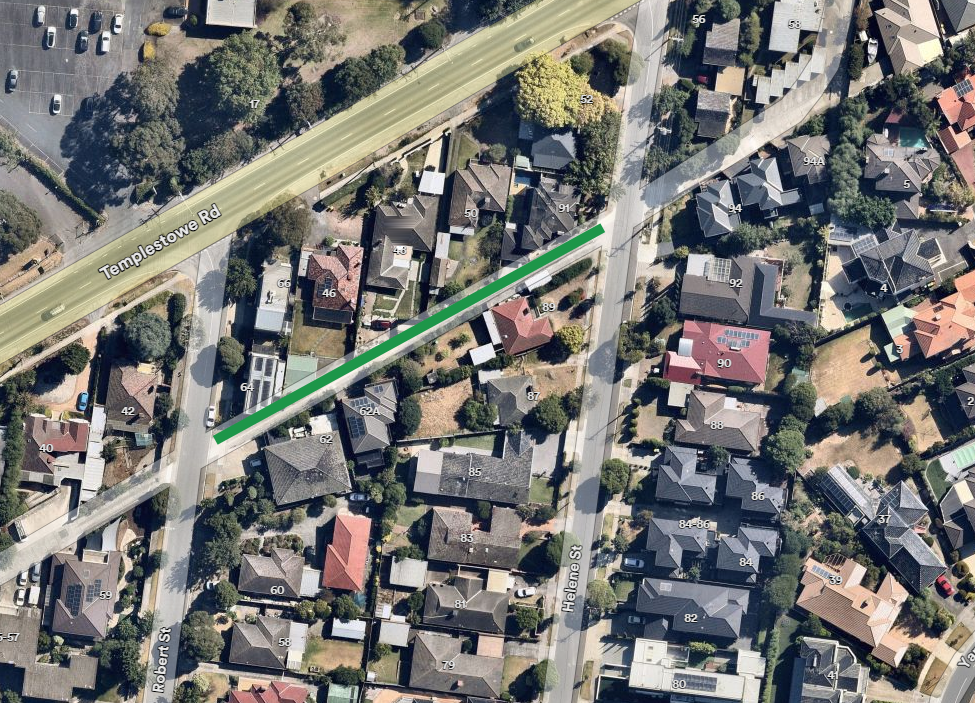Australia has defied a global trend of declining scores in the international PISA test but an alarming increase in teacher shortages and entrenched achievement gaps between students from different backgrounds and locations make clear the critical importance of full funding of public schools.
AEU Federal President Correna Haythorpe said PISA is one of three major international tests that Australian children sit. The other two, PIRLS and TIMSS, show long term improvements in average scores in reading, science and maths.
The 2022 PISA results reveal:
- Australian schools bucked the trend which saw an “unprecedented drop in performance across the OECD”[1] after the COVID-19 pandemic. Average scores were slightly lower in maths and reading and higher in science.
- Australia was outperformed by only 9 countries in maths, 8 countries in science and 8 countries in reading.
- Once school and student socioeconomic background is factored in, public schools outperformed Catholic schools in maths, science and reading and there was no difference with Independent schools. Public schools are the only ones not to have a decline in average reading scores since 2009.
- Between 2018 and 2022 the percentage of students in Australian schools whose principal reported that instruction was hindered by a shortage of teachers increased from 17% to 61.2%.
- Unacceptable achievement gaps between high and low SES students and those in remote and metropolitan schools that are equivalent to 3 to 5 years of learning. In science, 78% of high SES students attained the National Proficient Standard compared to 40% of low SES students.
“This test was conducted after two years of disrupted learning and at a time when public school teachers demonstrated their extraordinary commitment to their students despite unsustainable workloads and rising teacher shortages,” Ms Haythorpe said.
“But only 1.3% of public schools are resourced to the minimum level that governments agreed a decade ago they need to meet the needs of their students.
“Unacceptable achievement gaps between students from different backgrounds and locations are a clear reminder we don’t have an equitable education system that can meet the needs of every child.
“Making our education system fairer starts with fairer funding. Government funding for public schools per student increased by 17%, after inflation, between 2012 and 2021. That is half the rate of private schools which are now overfunded by almost $3 billion.
“This is despite public schools educating the vast majority of higher needs students such as children in rural and remote areas, First Nations students and those with a disability. 82% of children from low SES backgrounds are in public schools.
“The Prime Minister promised to work with State and Territory governments to deliver full funding for public schools and this must be an urgent priority for National Cabinet. Closing the funding gaps is an essential part of closing the achievement gaps.
“We need to resource public schools to deal with the rising diversity and complexity of student needs, inside and outside the classroom. The number of children with disability increased by 29% between 2015 and 2022 and more than one in five children now start school developmentally vulnerable and behind where they need to be.
“Early intervention is critical. We need intensive small group and one on one teaching for students at risk of falling behind, more support staff in the classroom and smaller class sizes.
“We also need to invest in teachers to stop the crippling teacher shortages which see children missing out and teachers burning out. That includes slashing red tape and administration workloads so teachers can spend more time preparing high quality lessons and collaborating with their colleagues to improve their practice.
“The expert advice and support that school systems used to provide to principals and teachers to help them address the needs of students with disabilities, students from language backgrounds other than English, those with behavioural issues or from disadvantaged backgrounds must be restored as well.
“There also needs to be far more school counsellors and a seamless system of allied and mental health support for students within the school and the community.
“Full funding of public schools is the best investment we could make for our students and our future. It will have huge benefits for the nation with a recent report concluding that the economic payoff of fully funding public schools would be two to four times the annual cost.”







